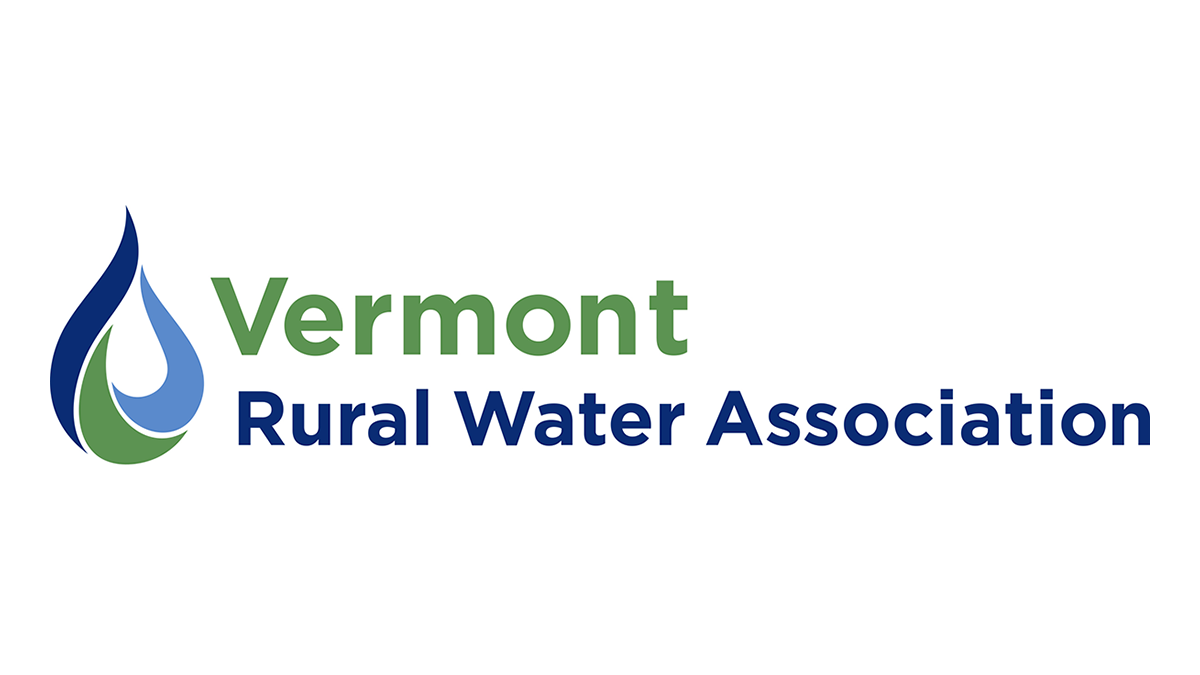by Liz Royer
This article was published in the fall 2023 issue of our newsletter.
On August 1st, the Federal Emergency Management Agency (FEMA) quietly added Water Systems to its list of Community Lifelines. These are critical functions that are essential to human health and safety or economic security. Community Lifelines receive extra focus from FEMA during an emergency.
The Water Systems lifeline focuses on these components:
Potable Water Infrastructure
• Intake
• Treatment
• Storage
• Distribution
Wastewater Management
• Collection
• Storage
• Treatment
• Discharge
The other Community Lifelines are Safety and Security (such as police and fire); Food, Hydration, and Shelter (includes agriculture and bottled water); Health and Medicine; Energy; Communications; Transportation; and Hazardous Materials. See more at https://www.fema.gov/emergency-managers/practitioners/lifelines
The addition of Water Systems to this list of Community Lifelines means that during a disaster, FEMA will include metrics like the number of households without potable water and the number of wastewater leaks/breaks in its daily Situation Reports. Water and wastewater systems will also be part of FEMA’s pre-disaster response planning.
What does this mean for Vermont? The Water Systems lifeline was incorporated into reporting during the July flooding disaster. This served to increase state and federal attention to damage sustained by water and wastewater systems.
According to an article by Water ISAC, “FEMA and EPA worked closely together to better identify and represent the water sector (drinking water and wastewater systems) in existing emergency response procedures, protocols, and frameworks.” Water sector organizations have been advocating for this designation for years through Congressional testimony, after action reports, and other methods.

